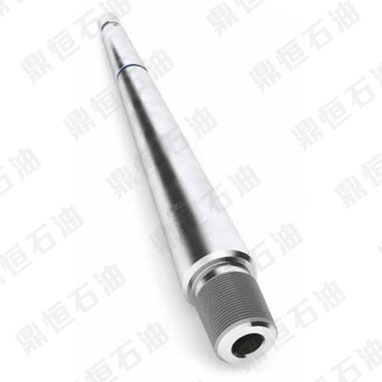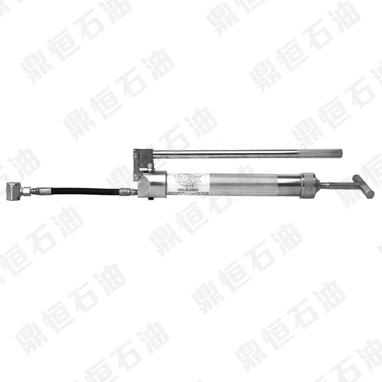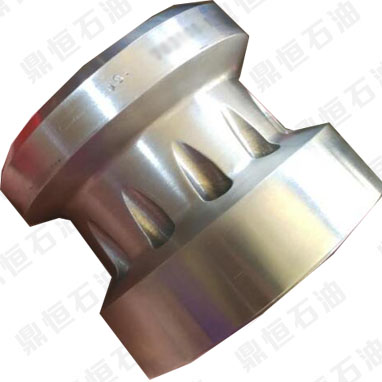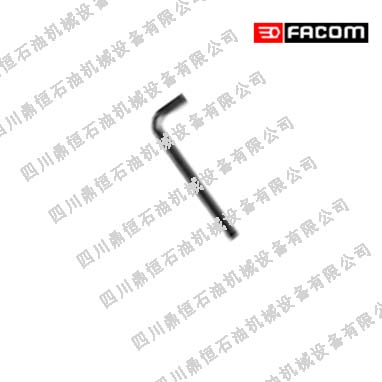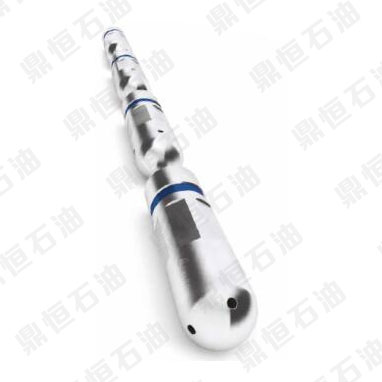NOV大直徑完井著陸管柱亮相8月《世界石油》
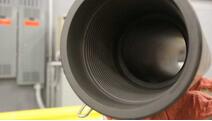
四川鼎恒石油訊 當在海底鉆井達到總深度時,對壓力和操作者的要求不斷增加,因此標準的API鉆桿和旋轉式連接不再適合這種操作。創建完成管件是為了解決這個問題,但直到近,才開發出一種具有專門連接技術的大型完井著陸管柱(CLS),以與當前部署在超深水位鉆機上的水平海底井口的大型栓塞兼容。
CLS是NOV使用7寸管道和MaXit™發展而來,是一種內置的氣密,大流量,壓力額定的旋轉式連接技術。CLS經歷了緊張的研究和開發階段,確定了壓力等級,大化上扣扭矩,工具接頭外徑以及小通徑。隨后,制定了嚴格的測試階段計劃;實施了有限元分析,驗證了連接中的應力分布和全面物理測試,以驗證連接性能。 后,在超深水鉆機上進行了7寸CLS的油田測試和限制證明,以確保配有鉆井船管道處理和運行設備的新型大尺寸管道的兼容性,并在實際油田現場條件下驗證連接的性能。
7寸CLS現已在墨西哥灣完成四個部署,鉆機平臺人員使用CLS確認新管柱比以前的套管著陸管柱更快,更安全。新的管柱讓運營商省去了使用套管,管道運行服務和相關設備的成本,并將每次連接的時間縮短至少4分鐘,與之前的優質套管連接著陸柱相比,運行時間節省了3.5到10個小時。
關于鼎恒石油
若需要購買井下產品或需要了解產品詳細參數及相關疑問,可直接進入鼎恒石油官網咨詢網站客服或者撥打銷售熱線18000522697。
四川鼎恒石油機械設備有限公司(http://873817.com)是一家擁有進出口經營權,長期從事國內外石油天然氣設備和配件的專業銷售公司。鼎恒石油公司總部設在四川成都,在加拿大大不列顛哥倫比亞省成立了分公司。我公司與多家世界知名制造廠商建立了緊密的合作關系。
注:該文章由鼎恒石油編譯,轉發須注明出處。
附英文原文:
NOV’s large-diameter completion landing string featured in August World Oil
When drilling to total depth in subsea wells, pressures and operator’s requirements have continued to increase, making standard API drill pipe and rotary-shouldered connections unsuited to such operations. Completion tubulars were created to address the issue, but it was not until recently that a large-sized completion landing string (CLS) with a specialized connection technology was developed to be compatible with the large crown plugs of horizontal subsea well heads currently deployed on ultra deepwater rigs.
The CLS was developed by NOV using 7-in. pipe and MaXit™, which is a built-for-purpose, gas-tight, large-drift, pressure-rated, rotary-shouldered connection technology. The CLS underwent an intense research and development phase, where pressure ratings, maximum makeup torque and tool joint OD, and minimum drift diameter were established. Following this, a rigorous testing phase plan was created; both finite element analyses, to verify stress distribution in the connection, and full-scale physical testing, to verify connection performance, were conducted. Finally, a field trial and qualification of the 7-in. CLS tubular were conducted onboard an ultradeepwater drillship to assure compatibility of the new, larger-sized tubular with the drillship’s pipe handling and running equipment and validate the connection’s performance under actual field conditions.
The 7-in. CLS has now been deployed on four completion in the Gulf of Mexico, with rig crews using the CLS confirming that the new string ran quicker and safer than the previous casing landing string. The new string allowed the operator to avoid the costs of using casing, tubular running services, and related equipment, and reduced the connection time by a minimum of 4 min. per connection, slip to slip, in comparison to the previous premium casing connection landing string, yielding time savings of 3.5 to 10 hours running the completion.
